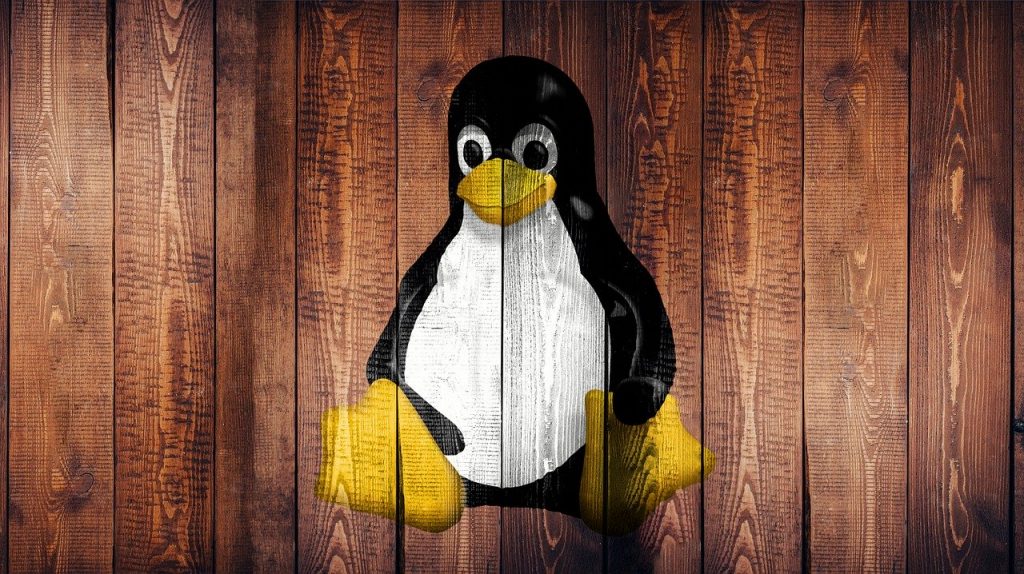If you think you have no relation to Linux whatsoever… Let me just say, you are totally wrong!
Currently, Linux is pretty much everywhere! Servers, supercomputers, cars, televisions, fridges, smartwatches, smartphones, Roku, and IoT devices… Even the Internet you are using right now probably runs thanks to this efficient operating system (OS).
Why switching to Linux
- Get it for free! Other operating systems charge you to get them and/or to get their upgrades. Most of the Linux distros are free (except for a few). This is a hell of an advantage!
- Most of the drivers are not a struggle. With Linux, it is easier to change components and add peripheral devices because most of the needed drivers come already in the core which auto-detects them. You just connect and it works!
- There are official Linux repositories of software available for users. This means you have safe sources of the needed applications and upgrades. Thus, you won’t have to worry about malicious software.
- It is safer. Talking about viruses, every OS poses certain risks. But the reality shows that a big percentage of the malware scripts are designed to affect OSes that more users have. This means that Linux is not yet the target of shady people. Apart from that, the repositories of the software mentioned before strongly increase the virus-free software safety.
- Compatibility with old hardware. For Linux, hardware is not a limit. Most of its distros don’t demand a heavy-weight computer system. You can actually find different light-weight distros that can match perfectly with that system you got 10 and even 20 years ago. This is a great benefit for your pocket!
How to switch from Windows to Linux?
Here are some general guidelines. If you need more specific support, there are plenty of tutorials out there already so don’t worry.
- Just pick a Linux distro based on your needs and hardware you have. Download it.
- Get Rufus or another program that can create a bootable drive and find an empty flash drive (at least 2GB, depending on the distro’s size).
- Create the bootable flash using Rufus and the downloaded distro. This will delete any previous data on the USB drive.
- Connect the drive to the device you want to install it on. Boot from it and follow the instructions.
- By now you already know your Linux’s size, so just make a big enough partition and proceed to install it.
- Finally, get software according to your desires.
How to switch from Mac OS to Linux?
Mac users may also feel attracted by Linux. Imagine being able to use that Polycarbonate MacBook you love. Well, you can’t do it with the latest Mac OS but you can with Linux.
- First, choose and download the distro that suits you best on your computer
- Create a bootable USB drive. Use balenaEtcher for this purpose or another similar program.
- We recommend using an empty flash drive (with enough capacity according to the distro). During the installation, all data on the flash drive will be erased.
- Once you have the distro in the flash drive, eject it. Remove it from the computer, shut it down and reattach it again.
- Turn on the device while pressing the option key. Then press F10 to boot from the drive.
- The distro will be already bootable. So just click “Install” and follow the instructions.
Don’t worry about trying it. It is not so difficult to install Linux on Mac and thanks to the active Linux community, you can find lots of tutorials and get guidance during the process.
One of the potentially unexpected benefits is that you will keep your privacy safer. Linux doesn’t censor or require your permission for every step you try out. And it provides you with the necessary tools to customize your system just as you want.
Remember that there is also a way to install Linux on Mac and Windows through virtualization software. If you are willing to change your OS but you still have doubts, run Linux in a virtual environment. You could use different programs to do it like VirtualBox or Parallels Desktop.
The other option is to use a live disk for Mac or Live USB drive for Windows to try it out. This way you can check the interface and see what programs are there for the chosen distro before making the important step. Before we leave you, here’s another useful article. It can help you find the best Linux distro for you!
The many purposes of Linux. It can do everything!

… [Trackback]
[…] Find More here to that Topic: blog.neterra.cloud/en/switching-to-linux-why-and-how/ […]